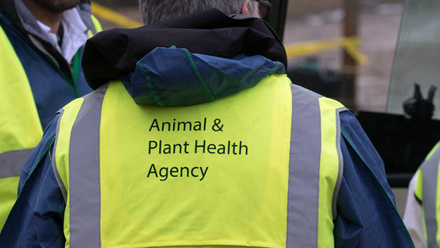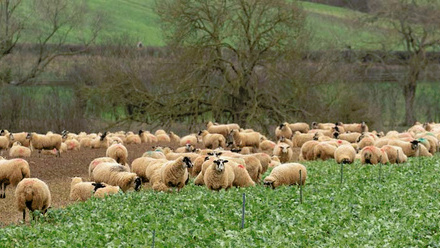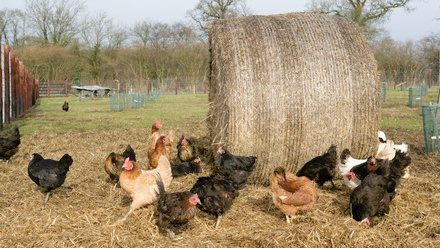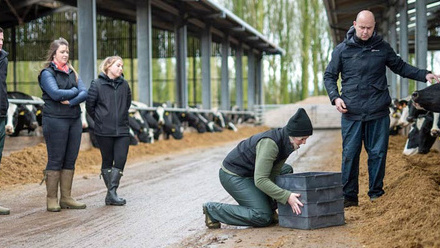AIC urges Bluetongue biosecurity vigilance for livestock and mixed farm visits this winter
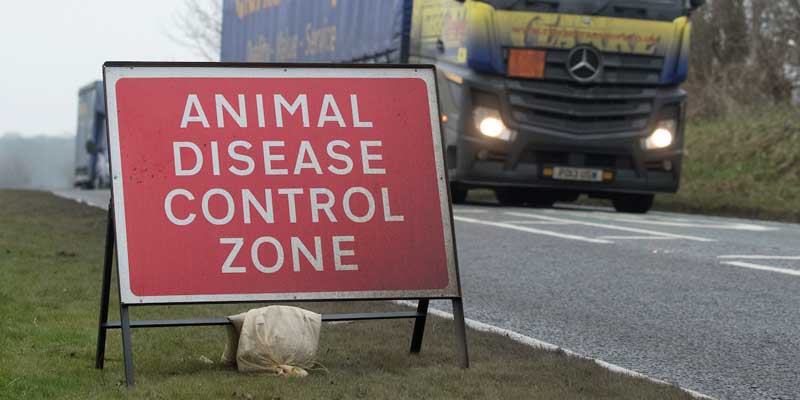
Livestock farmers and their suppliers should be extra vigilant this winter as the number of Bluetongue cases on UK farms grows, the Agricultural Industries Confederation (AIC) has urged.
There have been several unwelcome animal disease outbreaks over recent weeks, including two further cases of Bluetongue that were identified on a farm in Norfolk over the weekend.
AIC - the UK's agri-supply trade association - is reminding its Member businesses, especially those supplying livestock feed or providing advice on farms, that Bluetongue is a notifiable disease meaning all suspected cases must be reported to the Government.
Guidance on the disease, which affects cattle and sheep as well as other ruminants and camelids, can be found on the GOV.UK website where all announcements on notifiable diseases in animals are also made.
Bluetongue virus is mostly spread by certain species of biting midges (Culicoides species), many of which can be found throughout Great Britain.
It can also be spread through biological products such as blood, germinal products (semen or embryos), or the movement of infected animals.
The disease poses no risk to humans or the food chain.
Advice for agri-supply businesses
While animal feed is not regarded as a vector for the spread of Bluetongue, or indeed many other diseases, it is important for feed businesses and their employees to be aware of the disease status of any farms they visit and to be aware of the guidance on correct biosecurity measures that need to be taken to prevent the introduction and spread of disease.
The same awareness of disease status and correct biosecurity measures is as important for deliveries and visitors to farms from other input sectors, including visits from agronomists, seed and fertiliser advisors.
AIC urges all Members to be extra vigilant when planning farm visits this winter and advises them to review Government guidance on Bluetongue and additional guidance for AIC Members on movements onto and off of livestock and mixed farms.
For more information on the disease, visit the Ruminant Health and Welfare website.




